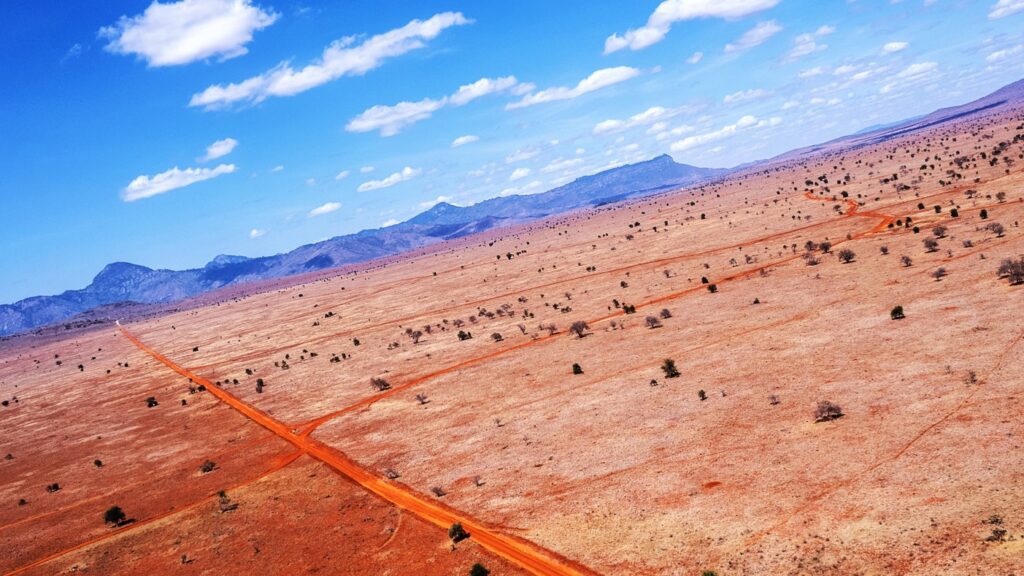
While poaching has long been recognized as a major threat to wildlife conservation, another insidious menace lurks in the background, often overlooked but equally devastating: climate change. The year 2022 brought this reality sharply into focus as prolonged seasons of drought ravaged ecosystems worldwide, leading to a tragic decline in wildlife populations, particularly in places like the LUMO Conservancy.
LUMO Conservancy, once a thriving habitat for various species including majestic buffalo herds, witnessed a heartbreaking surge in buffalo deaths due to the harsh effects of climate change-induced drought. The prolonged periods of arid conditions depleted water sources, destroyed grazing lands, and heightened competition among wildlife for the limited resources available.
Climate change disrupts ecosystems in multifaceted ways, impacting not only temperature and precipitation patterns but also altering habitats, food availability, and migration routes crucial for the survival of countless species. While some animals may adapt to changing conditions, many struggle to cope with the rapid pace and severity of environmental transformations brought about by human-induced climate change.
The decline in buffalo populations in LUMO Conservancy serves as a stark reminder of the interconnectedness of ecosystems and the profound impact of climate change on wildlife conservation efforts. Beyond the loss of iconic species, such disruptions reverberate throughout entire ecosystems, affecting biodiversity, ecosystem services, and ultimately, human well-being.
Addressing the complex challenges posed by climate change requires concerted efforts at local, national, and global levels. Conservation strategies must evolve to incorporate climate resilience into habitat management plans, wildlife corridors, and biodiversity conservation initiatives. Moreover, mitigating climate change itself by reducing greenhouse gas emissions and transitioning to sustainable practices is imperative to safeguarding the future of our planet and its inhabitants.
Education, research, and community engagement are also vital components of effective climate adaptation and mitigation strategies. By raising awareness, fostering collaboration, and empowering local communities, we can build resilience, promote conservation practices, and mitigate the impacts of climate change on wildlife and ecosystems.
In the face of climate change, complacency is not an option. We must confront the reality of this existential threat and take decisive action to protect our planet’s precious biodiversity for generations to come. Only through collective action and unwavering commitment can we hope to secure a sustainable future where wildlife thrives in harmony with nature.
